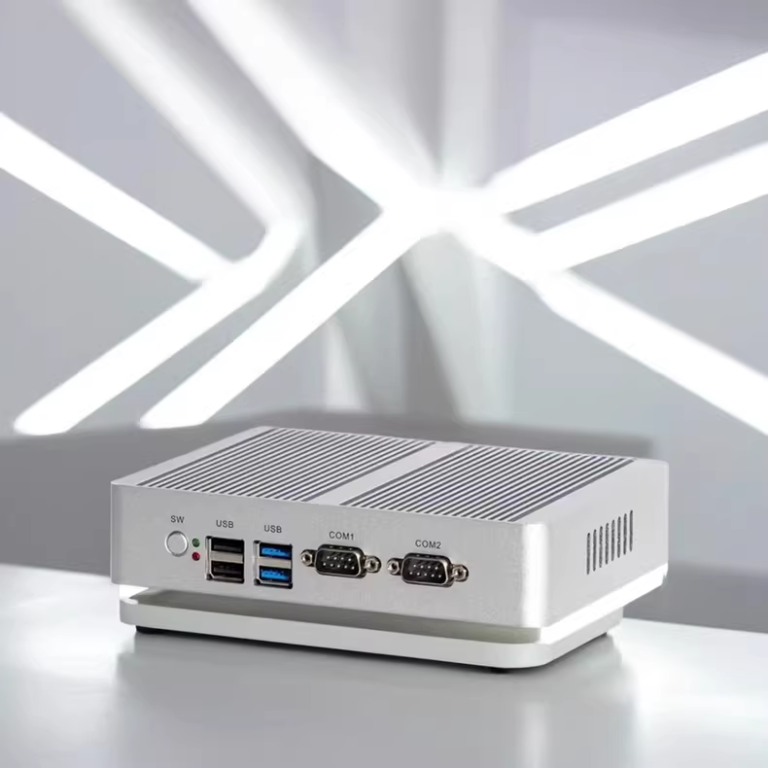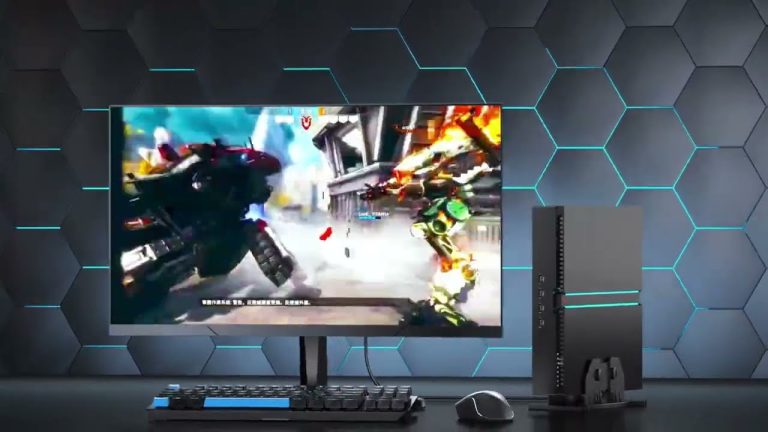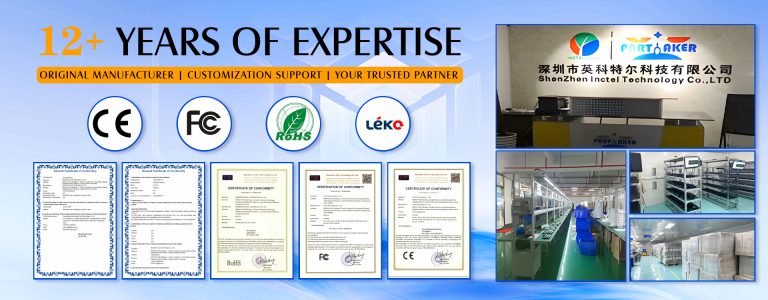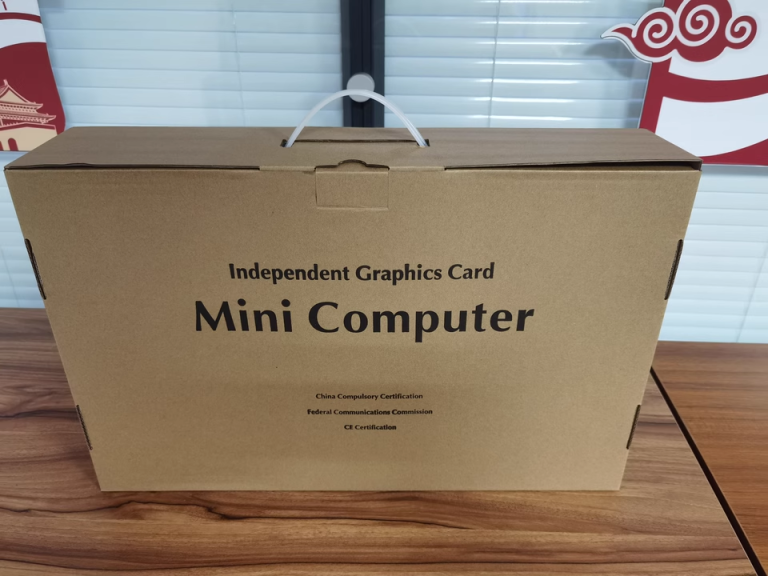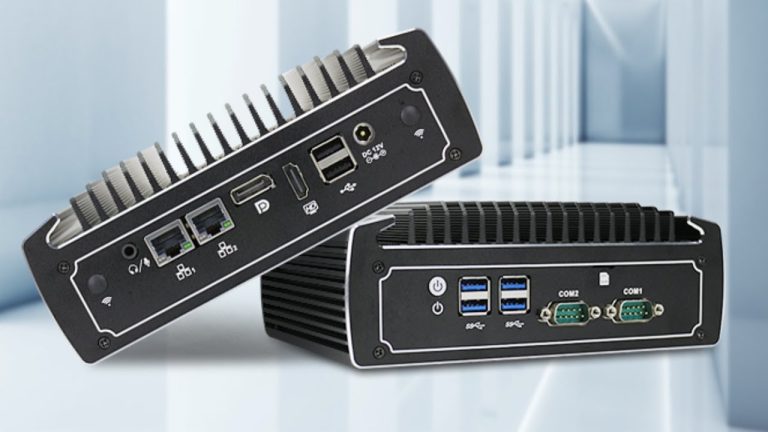The demand for high-performance computing rises. Mini PCs emerge as a favored choice for those who seek power in a compact form. Yet, to improve their graphical abilities, one often needs to include a dedicated GPU. This article looks at the ways to upgrade Mini PCs with GPUs. It considers the benefits and challenges of each method and offers practical solutions to help you choose what fits your computing needs best.
GPUs in Modern Computing
Graphics Processing Units (GPUs) are pivotal in various computing tasks gaming. They accelerate processes in fields such as video editing, 3D rendering, artificial intelligence, and machine learning.
GPU Upgrade Options for Mini PCs
| Upgrade Method | Advantages | Disadvantages |
|---|---|---|
| External GPU Enclosures | Supports powerful GPUs for high-resolution gaming, 3D rendering, and video editing. Easily upgrade GPU without replacing the entire Mini PC. | eGPU enclosures ($200-$400) plus high-end GPUs ($500-$1,500) can be costly. Adds bulk and requires additional power sources, making the setup less convenient for frequent transport. |
| M.2 Slot GPU Adapters | GPU stays inside the Mini PC, preserving its small form factor. Supports high-performance GPUs for demanding applications. | Requires technical expertise for installation, including BIOS adjustments and managing hardware conflicts. Not all Mini PCs support M.2 GPU adapters; dependent on motherboard design and BIOS support. |
| Integrated Graphics Enhancements | No need to purchase additional hardware; improves performance through software tweaks. Can be done with minimal technical knowledge using software tools like Intel’s Extreme Tuning Utility (XTU). | Offers modest gains (10-15%) suitable for general use and light gaming but insufficient for intensive tasks. Overclocking can lead to overheating and system crashes if not properly managed. |
External GPU Enclosures provide significant power boosts and future flexibility but come with higher costs and reduced portability. M.2 Slot GPU Adapters maintain the compactness of Mini PCs and offer high performance but require technical expertise and may face compatibility issues. Integrated Graphics Enhancements are cost-effective and easy to implement but deliver limited performance gains and carry risks of system instability.
Considerations for GPU Upgrades
Before deciding to add a GPU to a Mini PC, several practical factors must be evaluated to determine the feasibility and potential benefits.
| Category | Challenge | Solution |
|---|---|---|
| Power Supply and Thermal Management | Dedicated GPUs require more power. Increased heat from the GPU can lead to overheating. | eGPU enclosures come with their own power sources to handle the GPU’s requirements. Add external fans or rearrange internal components to enhance airflow and manage heat effectively. |
| Space Constraints and Physical Compatibility | Mini PCs have compact interiors, making it difficult to fit larger GPUs. Ensuring GPU adapters fit properly can be tricky. | Select low-profile GPUs like the NVIDIA GeForce GTX 1650 Low Profile or AMD Radeon RX 5500. Utilize adapters with adjustable settings to fit different GPU sizes securely within the Mini PC. |
| Software and Driver Support | Ensuring the GPU works with the Mini PC’s operating system. Keeping drivers updated for optimal performance. | Check your Mini PC’s specifications and verify that the GPU is supported. Use automatic update tools or visit the GPU manufacturer’s website to install the latest drivers. |
Summary
A GPU upgrade makes a substantial difference in a mini PC’s performance. For it enables running more resource-intensive applications, smoother multitasking, and generally makes the machine more usable. You could go for external GPU enclosures, M.2 slot adapters, or integrated graphics improvements.All these options have various pros and cons. No matter what you go with, do weigh power needs, manage heat, account for space, and make sure software works well.






